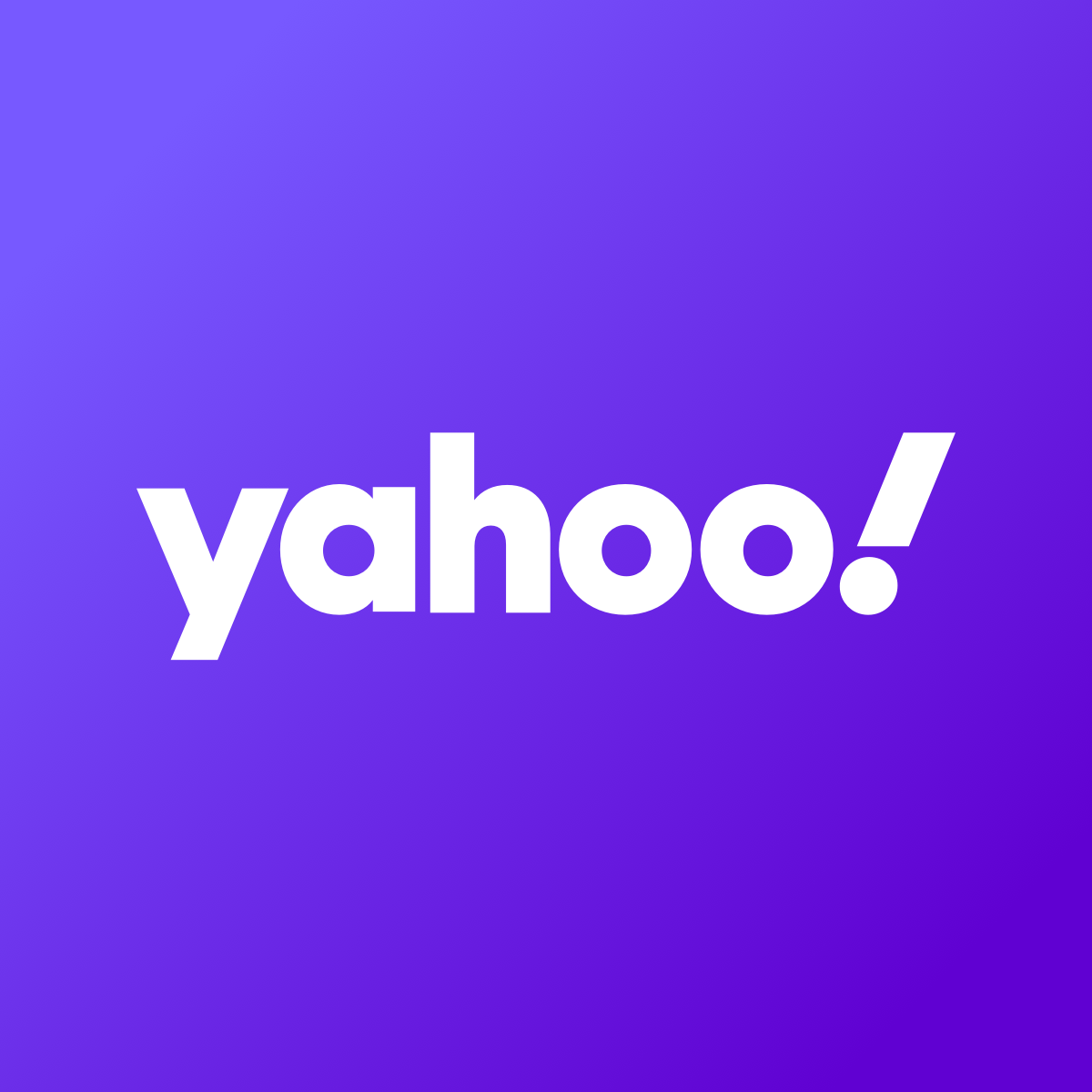
The California State Assembly Committee on Utilities and Energy held an oversight hearing to discuss the Aug. 14 and 15 electricity outages and the Preliminary Root Cause Analysis prepared by the California Independent System Operator (CAISO), California Public Utilities Commission (CPUC), and the California Energy Commission (CEC). The report found that rolling blackouts were a result of poor planning that did not account for extreme heat caused by climate change and not lining up sufficient, reliable resources to meet demand in the early evening hours, according to a presentation of the self-evaluation.
“The outages that occurred in August breached our confidence in the California Public Utilities Commission, California Independent System Operator and the California Energy Commission’s ability to carry out their responsibilities to ensure that residences and businesses have reliable electric services,” said Committee Chair Chris Holden.
In mid-August, for the first time in 20 years, CAISO directed utilities to trigger rotating outages. The broad scale blackouts took place with little to no public warning. On those dates, there was a rare West-wide heat storm, which affected both the demand and supply of generation. The multi-day heat storm meant that there was limited overnight cooling, so air conditioners continued to run well into the evening and the next day.
In an Aug. 17, 2020, letter to the energy organizations CEC, CPUC, CAISO, Governor Gavin Newsom called upon those entities to conduct a root-cause analysis into the rotating outages.
On Oct. 6, 2020, the energy organization released a preliminary root-cause analysis. The analysis identified several factors that, in combination, led to the need for the CAISO to direct utilities in the CAISO footprint to trigger rotating outages.
The contributing factors identified in the energy organizations preliminary analysis include:
- The climate change-induced extreme heat storm across the western United States resulted in the demand for electricity exceeding the existing electricity resource planning targets. The existing resource planning processes are not designed to fully address an extreme heat storm like the one experienced in mid-August.
- In transitioning to a reliable, clean, and affordable resource mix, resource planning targets have not kept pace to lead to sufficient resources that can be relied upon to meet demand in the early evening hours. This makes balancing demand and supply more challenging. These challenges were amplified by the extreme heat storm.
- Some practices in the day-ahead energy market exacerbated the supply challenges under highly stressed conditions.
The report makes the following recommendations:
- Updating the resource and reliability planning targets to better account for climate change and transitioning electricity resource mix to meet the clean energy goals of the state during critical hours of grid need.
- Ensuring that the generation and storage projects that are currently under construction are completed by their targeted dates.
- Expediting the regulatory and procurement processes to develop additional resources — such as demand response and flexibility —that can be online by 2021.
- Coordinating additional procurement by non-CPUC jurisdictional entities
- Enhancing CAISO market practices to ensure they accurately reflect the actual balance of supply and demand during stressed operating conditions.
“I am putting the energy organizations on notice that this Committee is seeking regular updates and progress reports on the implementation of actions addressing the deficiencies identified in the preliminary root-cause analysis and the final report. Further, we will at a minimum, hold a hearing prior to next summer into summer readiness,” continued Holden.
The full hearing can be viewed at assembly.ca.gov/audioandtv.






